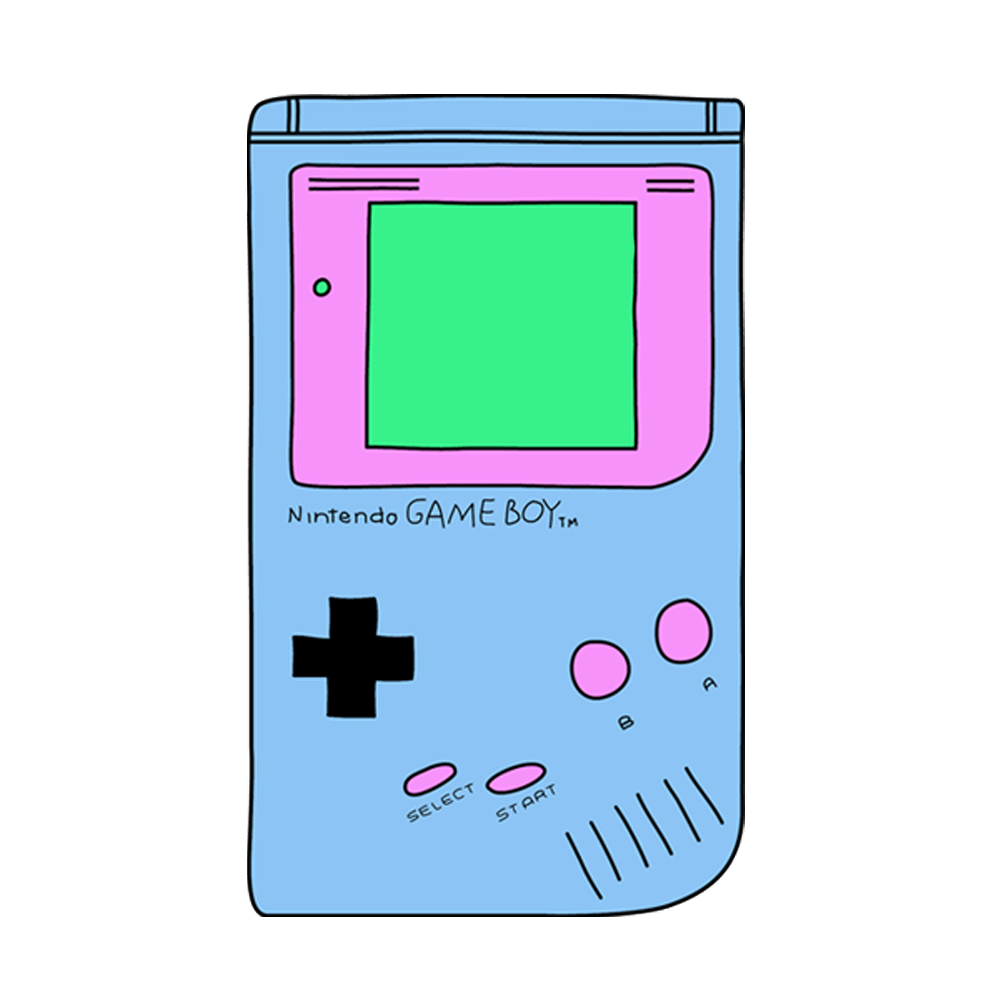Grand Theft Auto Five, from the GTA series is unique in that it follows not one, but, three protagonist characters that can be interchangeable at any point in time of the game. The characters follow a retired bank robber Michael De Santa, a street gangster Franklin Clinton and a drug dealer/smuggler Trevor Phillips.
The key to understand with a game like this is that it entails a larger commentary on the societal relationship of communities with the government. What this means is, the designers and writers of GTAV didn't per say randomly choose the characters and inhibit them in their space, there was a sense of drawing parallel of communities in from reality and also stereotypes that follow from language, dressing, and overall behaviour. This can be seen to draw attention to the validity of these aspects and almost seek attention to unpack the argument of larger social issues of why certain communities engage in the activities that they do and why in a game space like GTAV Franklin is given a hyperbolic social reality of an African-American man engaging in violence, stealing etc.
Ian Bogost's Rhetoric of Video Games emphasizes the importance of drawing on these aspects when pertaining to,"other games use proce-durality to make claims about the cultural, social, or material aspects of human experience" (Bogost 123). This sums up the idea of the purpose of this game, which goes beyond entertainment and winning and losing. The experience has a larger context and results in a further user immersion because individuals are so inclined to experience a space and the depth to how much they want to involve themselves virtually in the narrative is their choice.
Evidently the scenarios drawn in these separate narratives are hyperbolic in the sense that the consequences of death, jail and violence in the game are not parallel to real-life situations.There is still the sense of artificial rules that are integrated in the game space. The rhetoric in which follows a game like GTAV is that the developers use a space and setting (Los Santos) that extracts the confines of contemporary Los Angeles and this bridges both the concept of narratology and Ludology. The reason is because users in multiplayer can explore as far as their desires, customize almost all aspects of their virtual lives but, still are in the confines of the map of Los Santos.
A direct quote from Ian Bogost sums the above discourse when he states in his Rhetoric of Video Games,
"video games do not simply distract or entertain with empty, meaningless content. Rather, video games can make claims about the world. But when they do so, they do it not with oral speech, nor in writing, nor even with images. Rather, video games make argument with processes.Procedural rhetoric is the practice of effective persuasion and expression using processes. Since assembling rules together to describe the function of systems produces procedural representation, assembling particular rules that suggest a particular function of a particular system characterizes procedural rhetoric"(Bogost 125).
The details of the GTAV narrative are deeply ingrained to create an experience that first engages the audience through the use of ethos, pathos and logos. Users are drawn initially because of the authorship of credibility that Rockstar Games carries with the series, and all actions, cause and effects, behaviours and multimodality established in the game are backed with the emotional appeal of each protagonists narrative.
Grand Theft Auto: Five axiomatically interconnects all aspects of its gameplay to carry rhetorical meaning.
Below is an interesting video of sharp details in which influence the parallels of reality into virtual reality.
Attached below is Iwork cited in this piece:
Word Count: 601

this game is so awesome! I can play it all day
Its nice to see that there is some discourse attached to the game as well, I never really looked at it in that manner but now that you mention it, I always did wonder why the characters had such stereotypes attached to them
nice post!